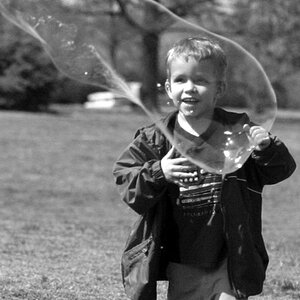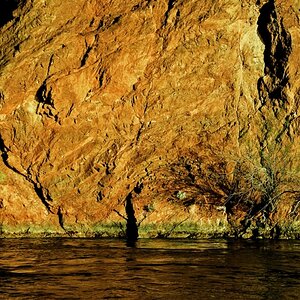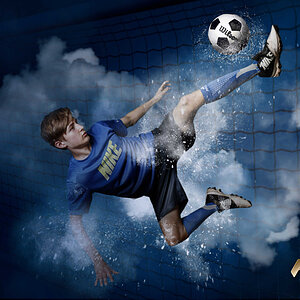- Joined
- May 1, 2008
- Messages
- 25,422
- Reaction score
- 5,003
- Location
- UK - England
- Website
- www.deviantart.com
- Can others edit my Photos
- Photos OK to edit
my reading of compressed air is more like a canned air - like an airbrush canister - where the air is under considerable pressure and stored with other chemicals (often leading to those small drops of liquid).
As for compessed air acting like a sandblower I get your point, but I can't see how its working like that with a DSLR - the sensor is behind a glass screen to start with and to get the same effect as a sandblaster -- well you would have to be compressing that blower very very fast (infact I think the rubber would give out if it tried to recreate the same pessure).
If air blown from a blower is a threat to a sensor then surly too is the artic butterfly which requires pressure to be applied to the sensor glass
As for compessed air acting like a sandblower I get your point, but I can't see how its working like that with a DSLR - the sensor is behind a glass screen to start with and to get the same effect as a sandblaster -- well you would have to be compressing that blower very very fast (infact I think the rubber would give out if it tried to recreate the same pessure).
If air blown from a blower is a threat to a sensor then surly too is the artic butterfly which requires pressure to be applied to the sensor glass


![[No title]](/data/xfmg/thumbnail/37/37623-b930ccd802f79b9c9cea990a7a5e5462.jpg?1619738153)



![[No title]](/data/xfmg/thumbnail/36/36299-468f060314a0ac2bf5e37da1c33149d2.jpg?1619737493)
![[No title]](/data/xfmg/thumbnail/39/39533-c2c39d37e833a4689533c897ace8c348.jpg?1619739073)

![[No title]](/data/xfmg/thumbnail/39/39295-230d6dc9ce62e92561457d4c8fb67dc6.jpg?1619738959)



